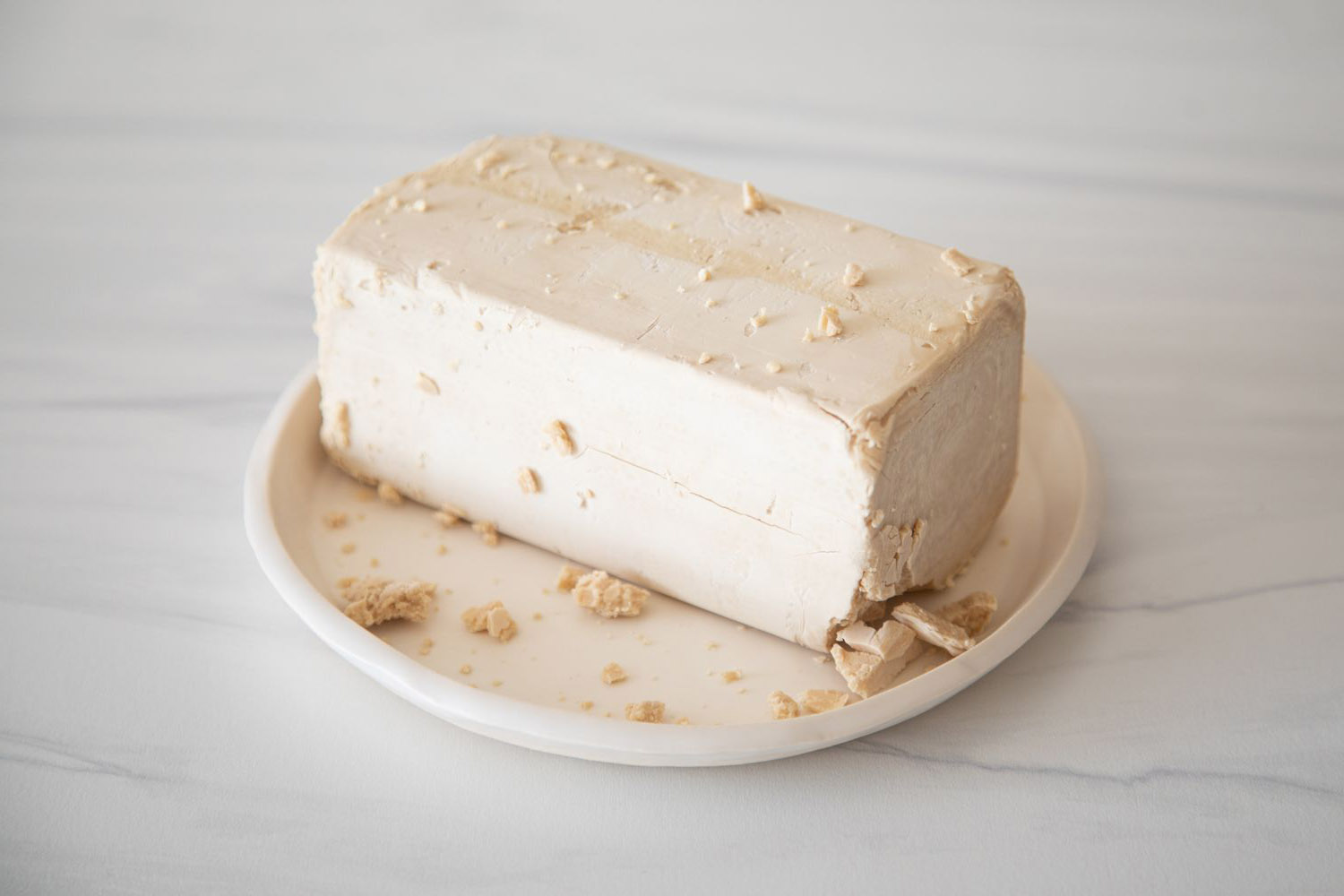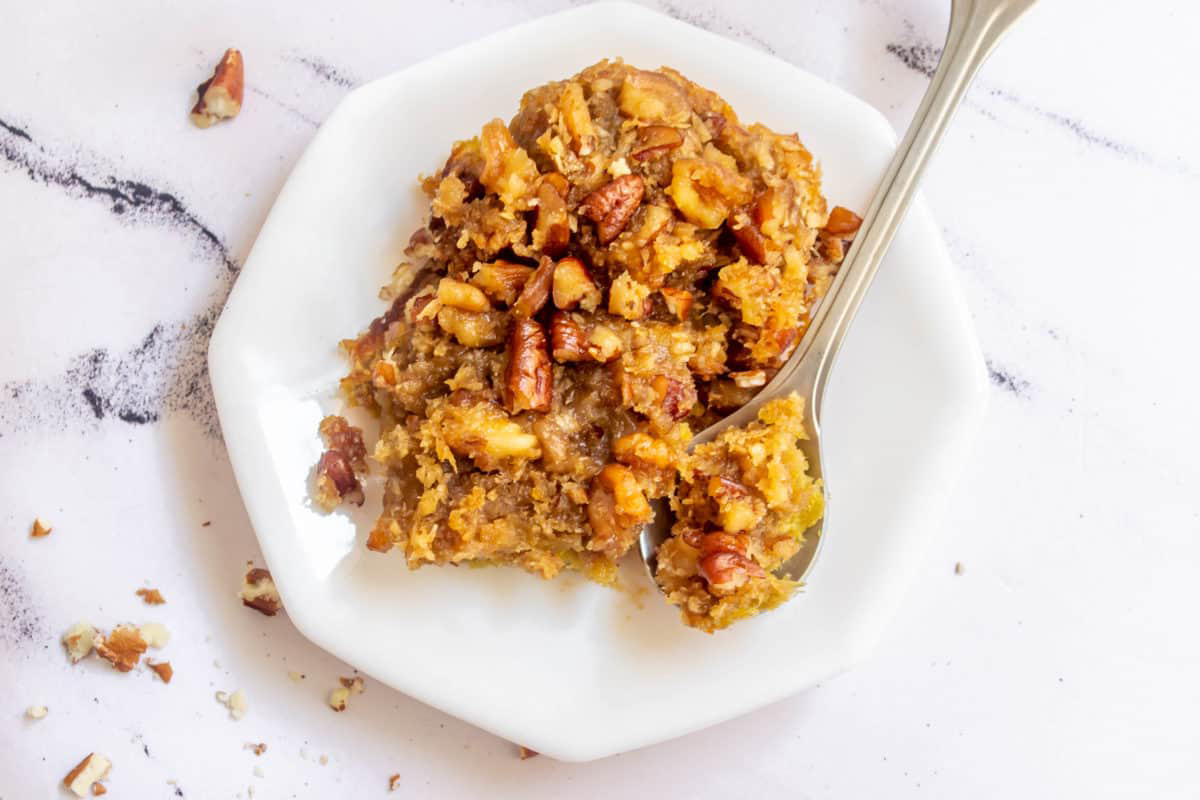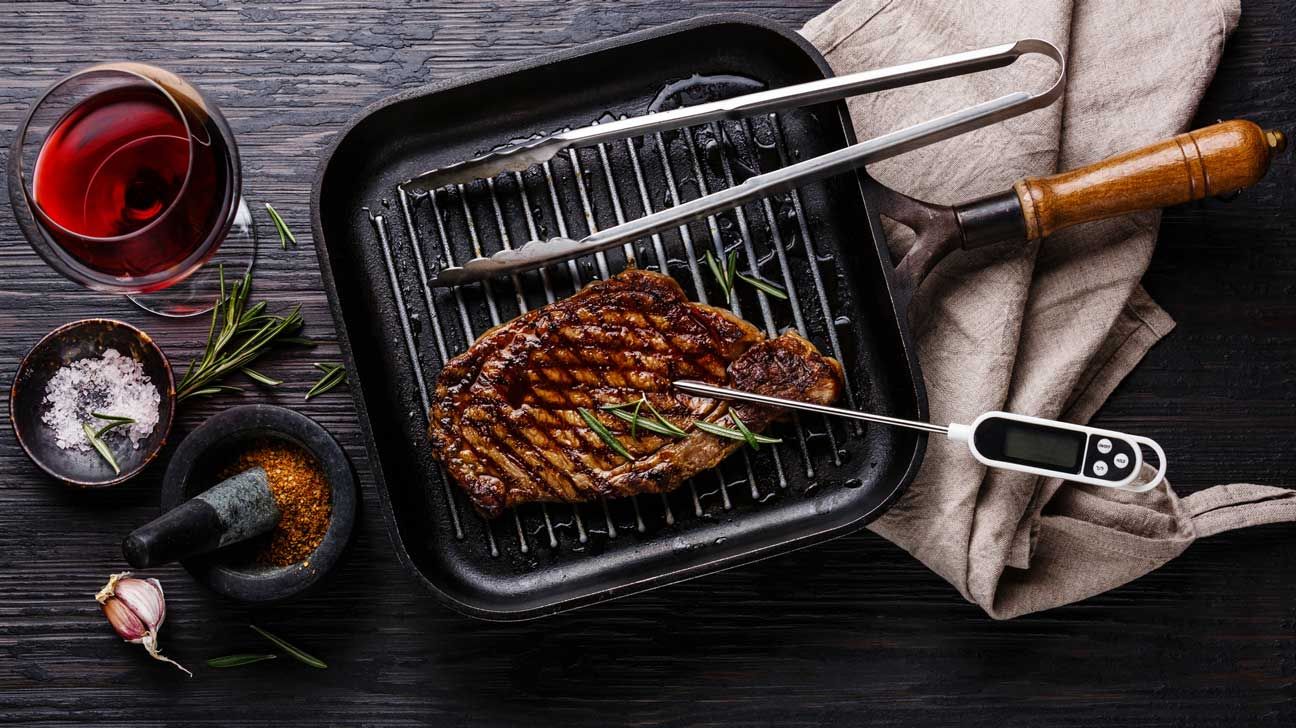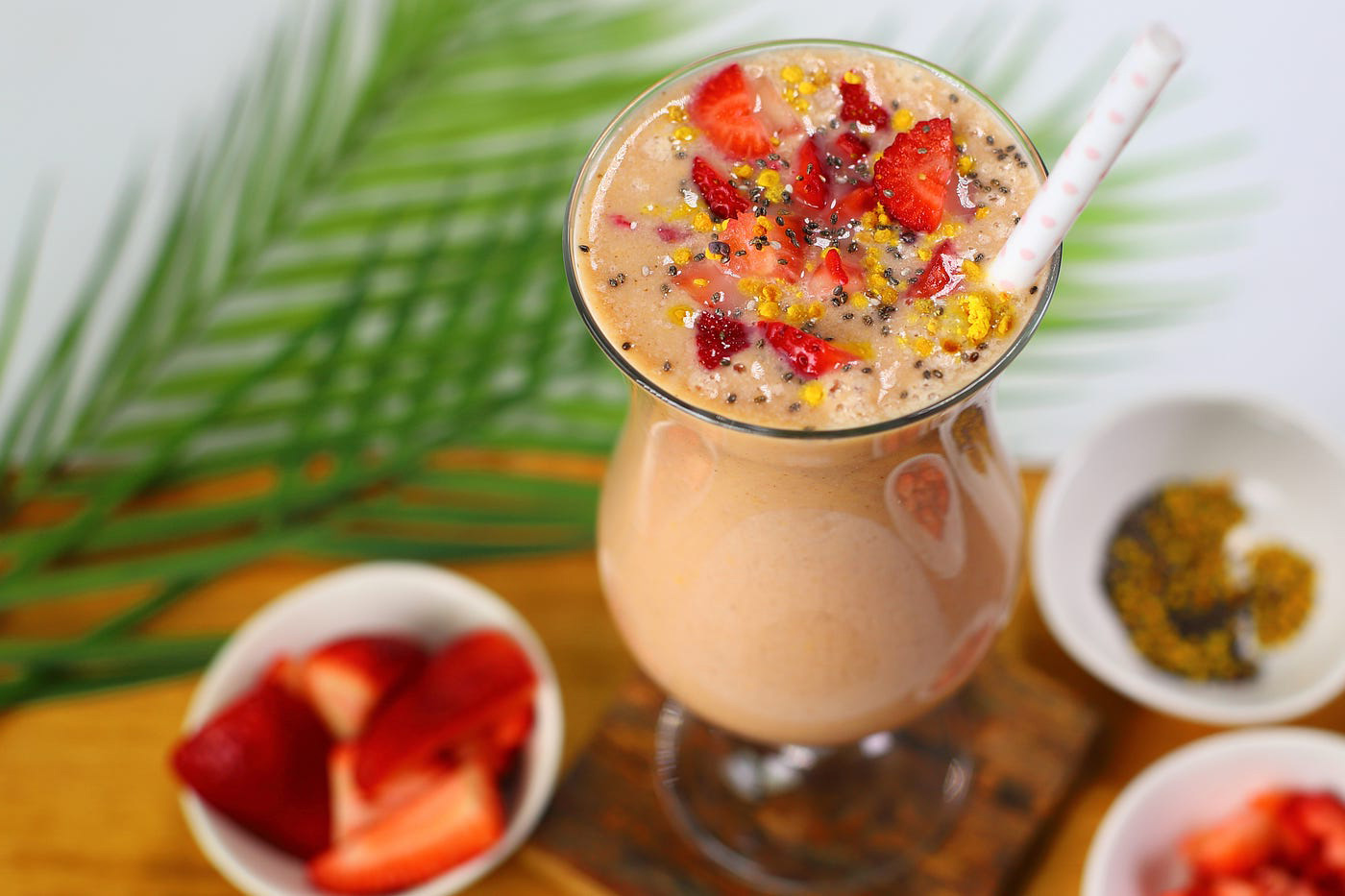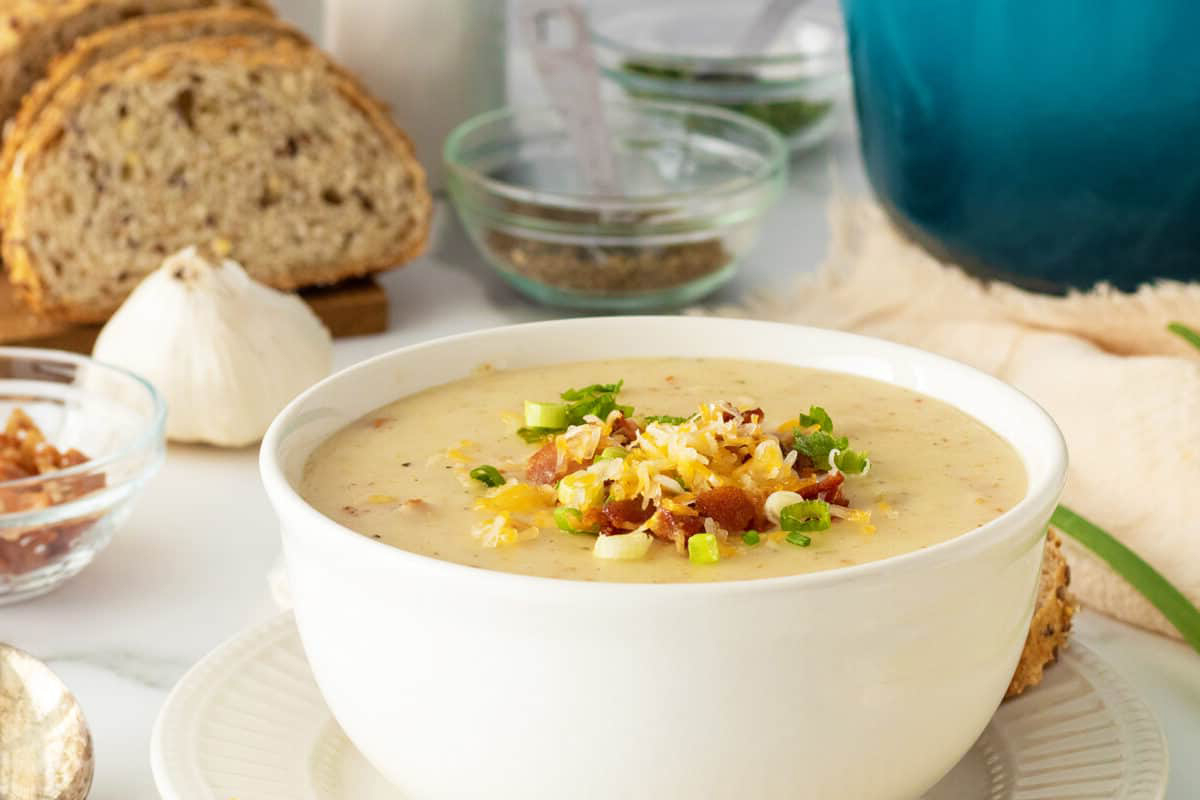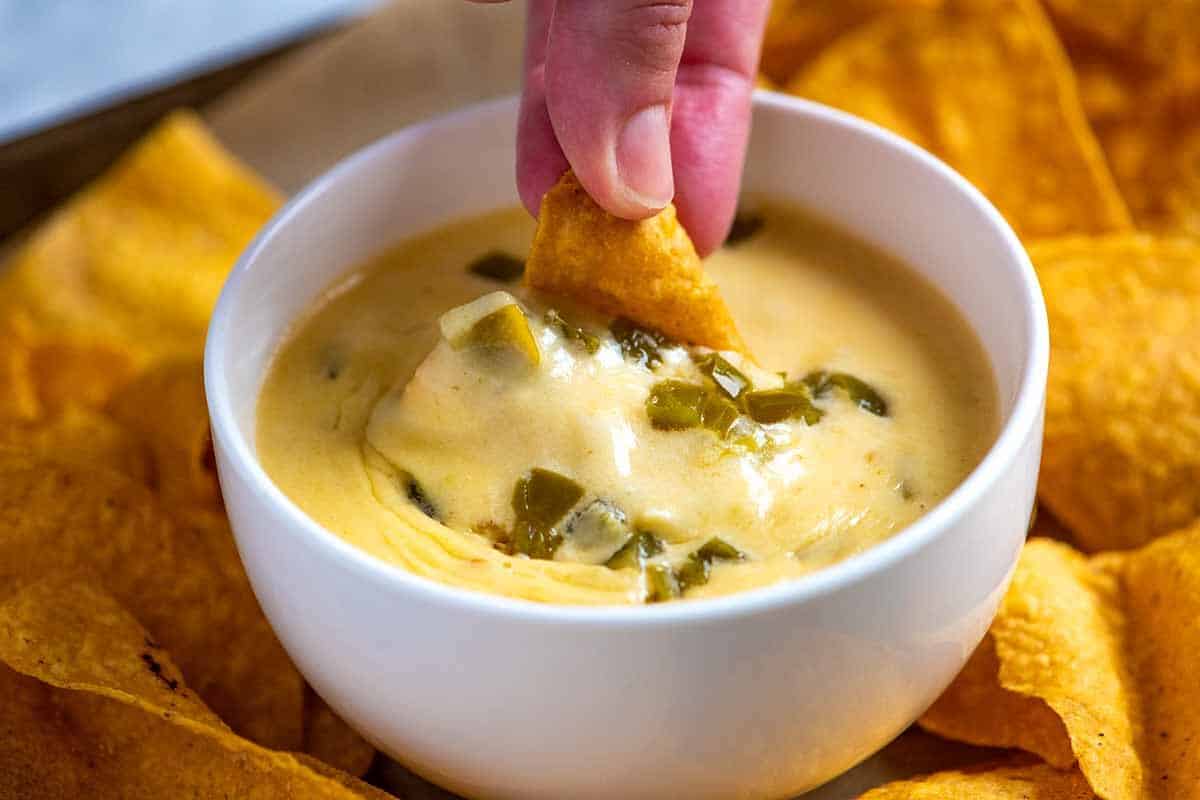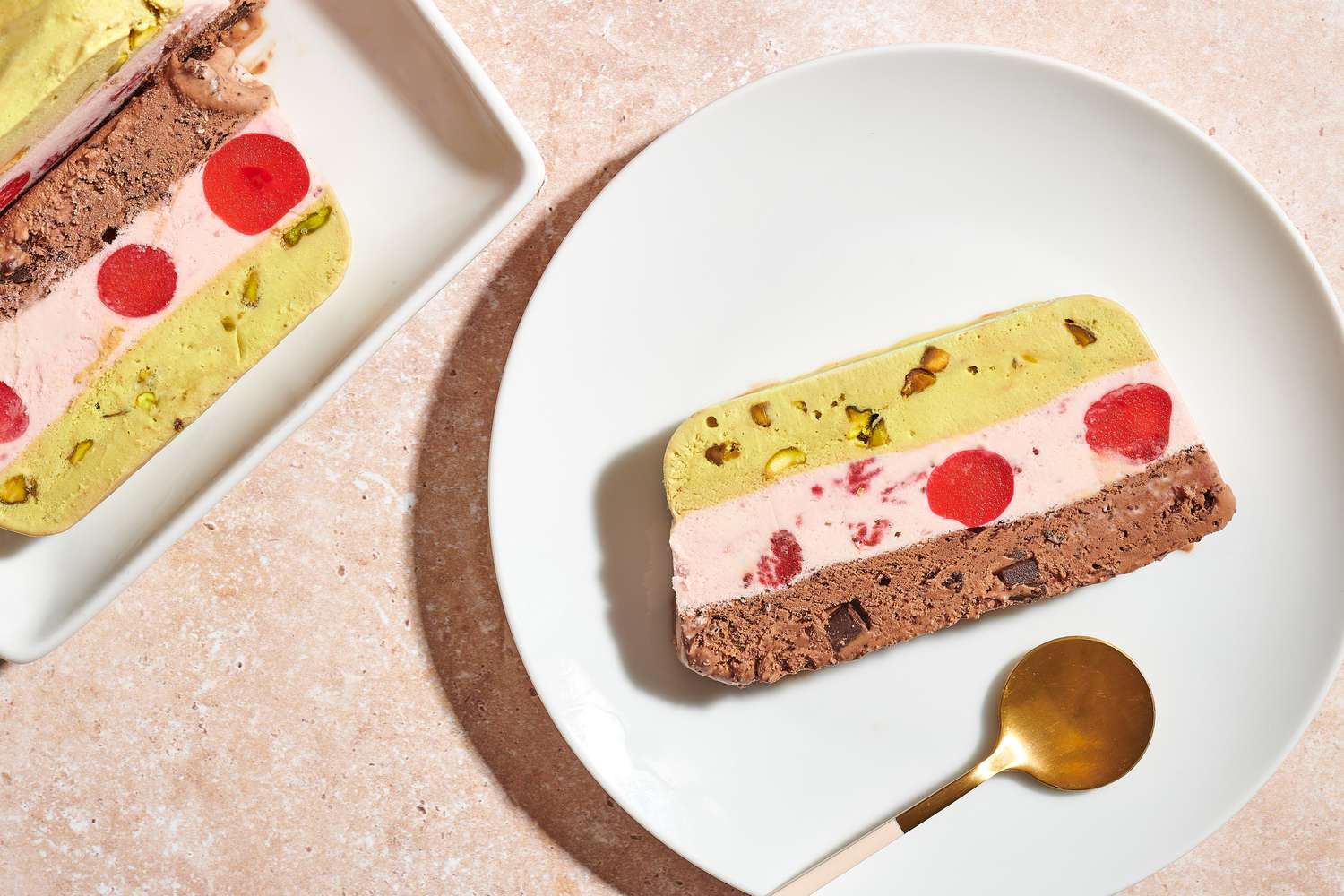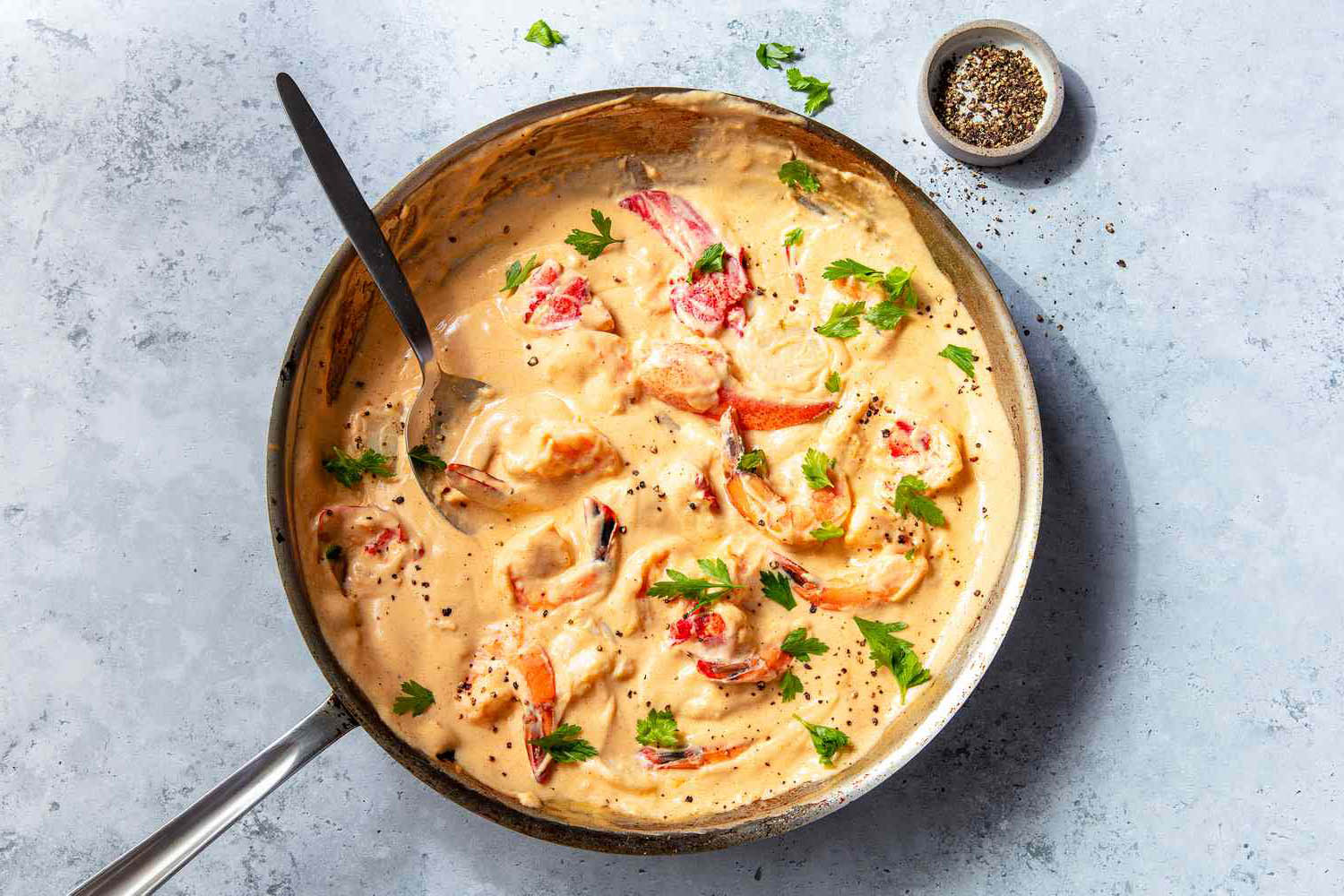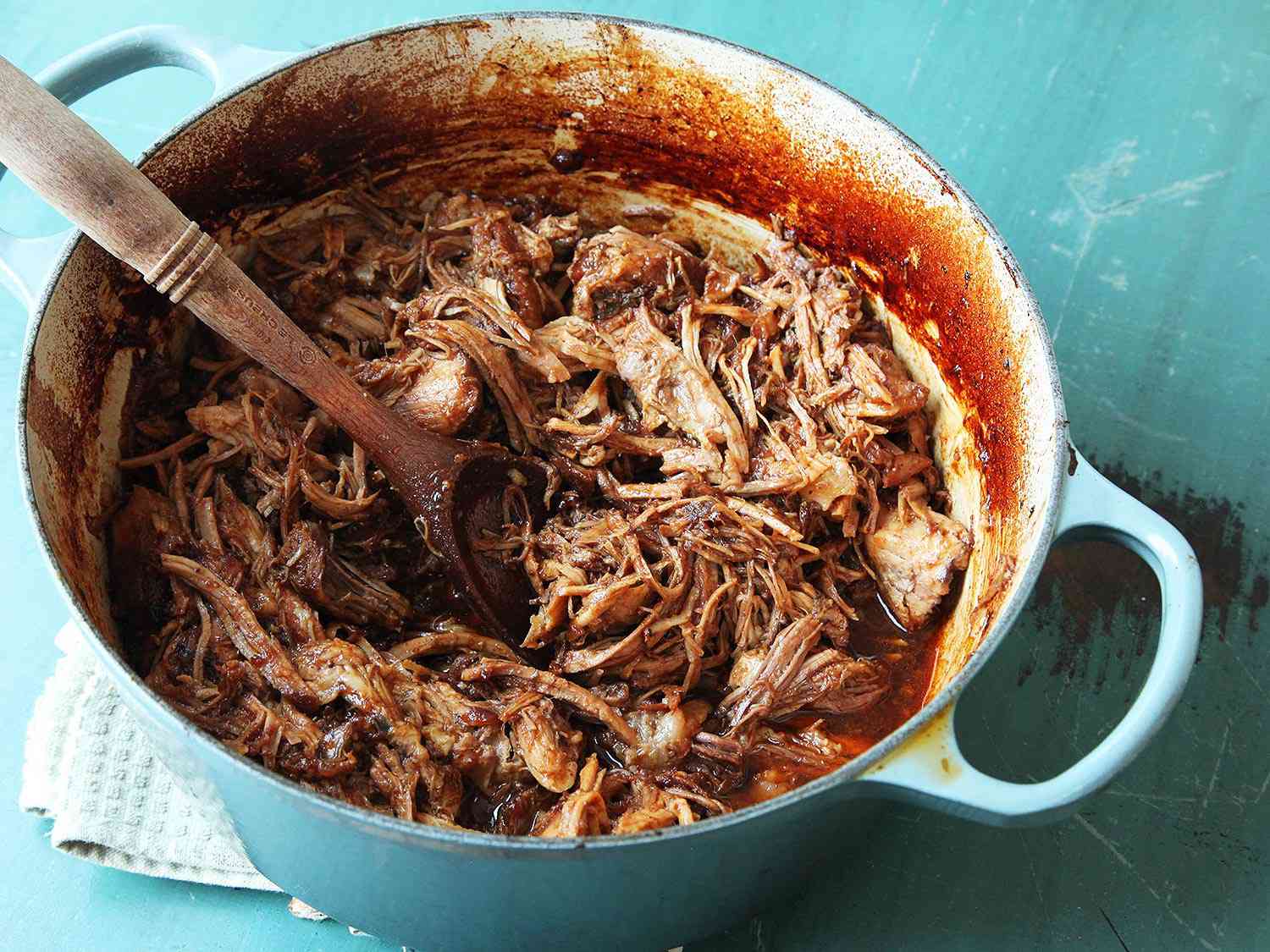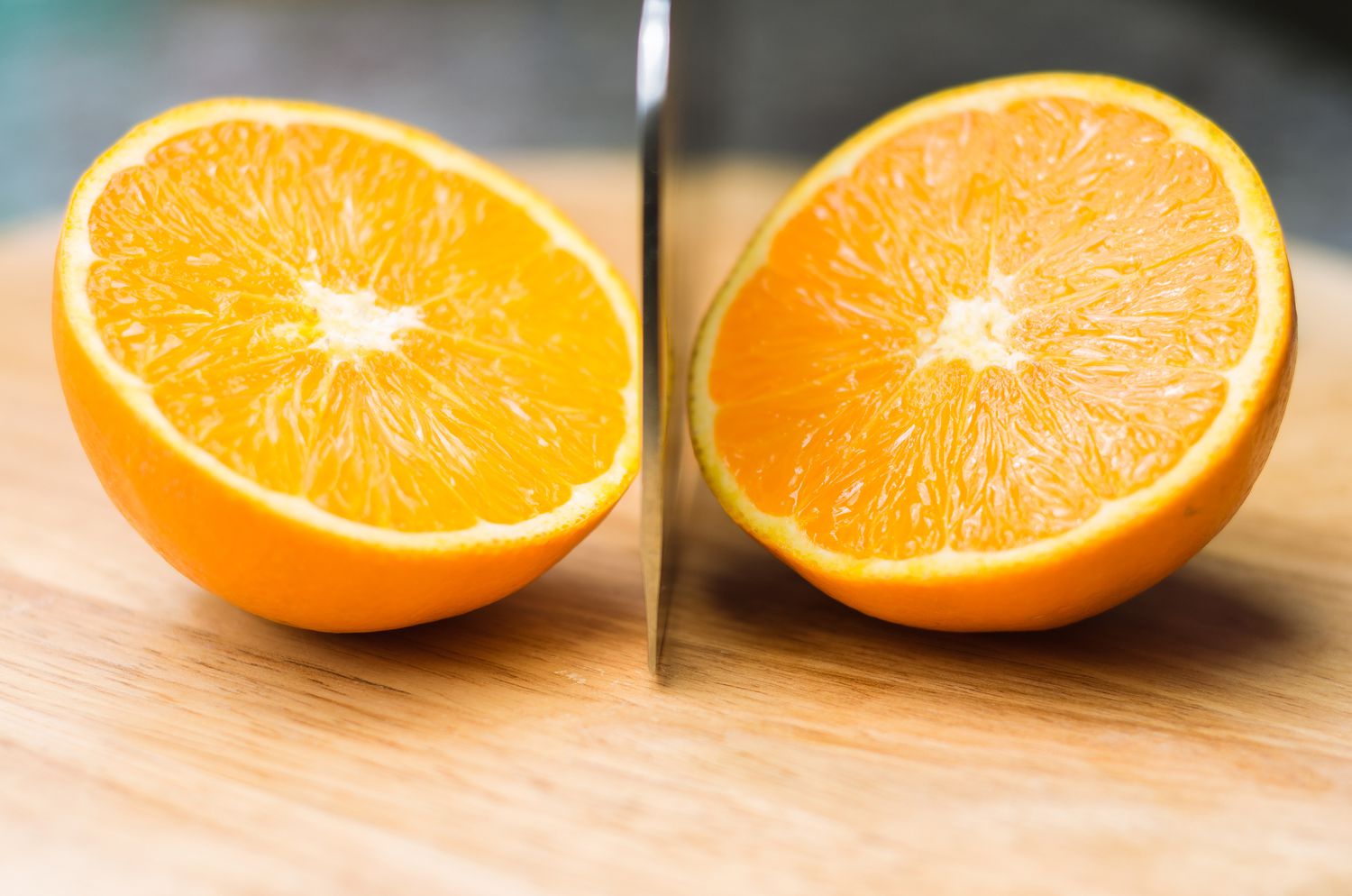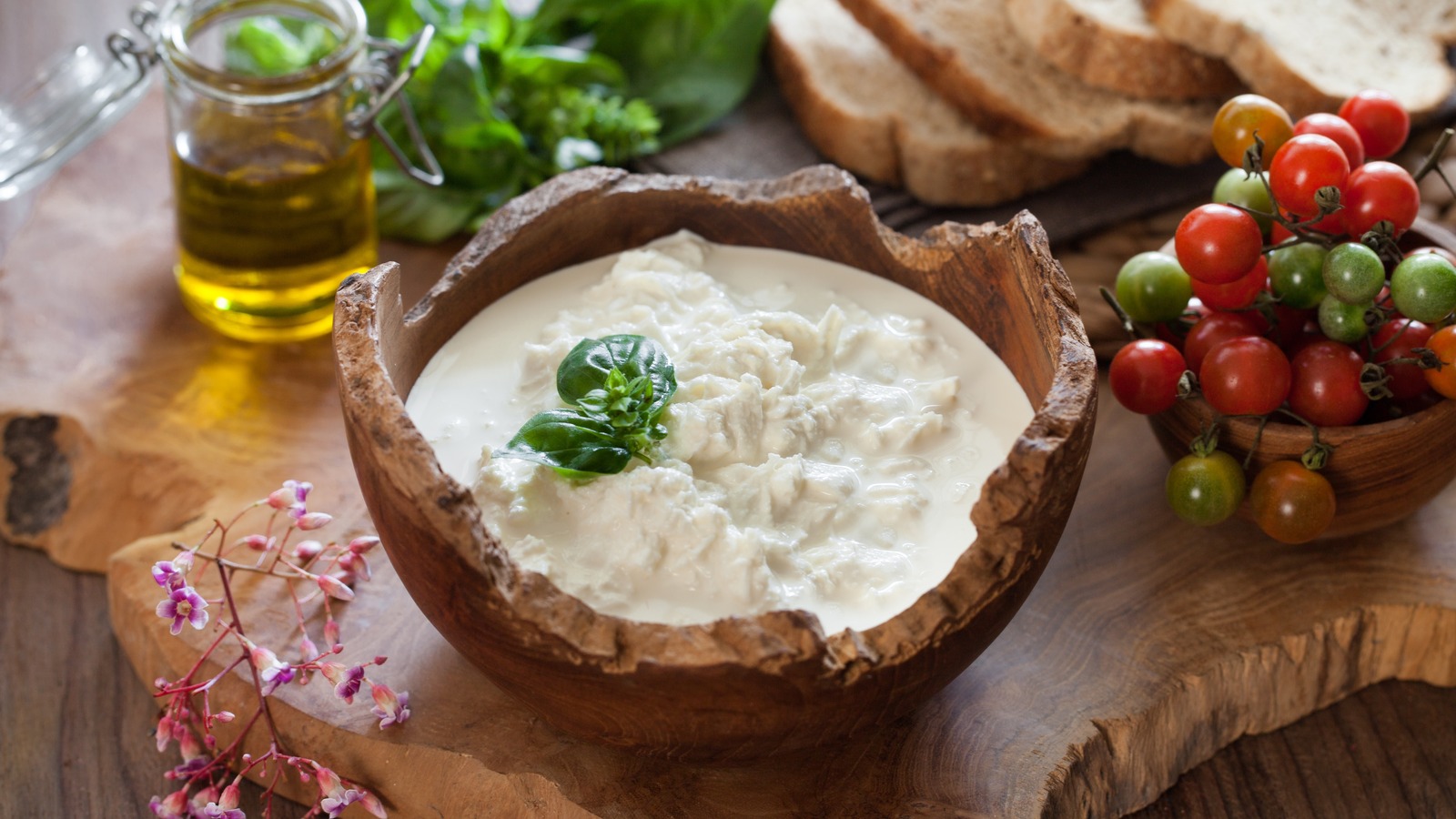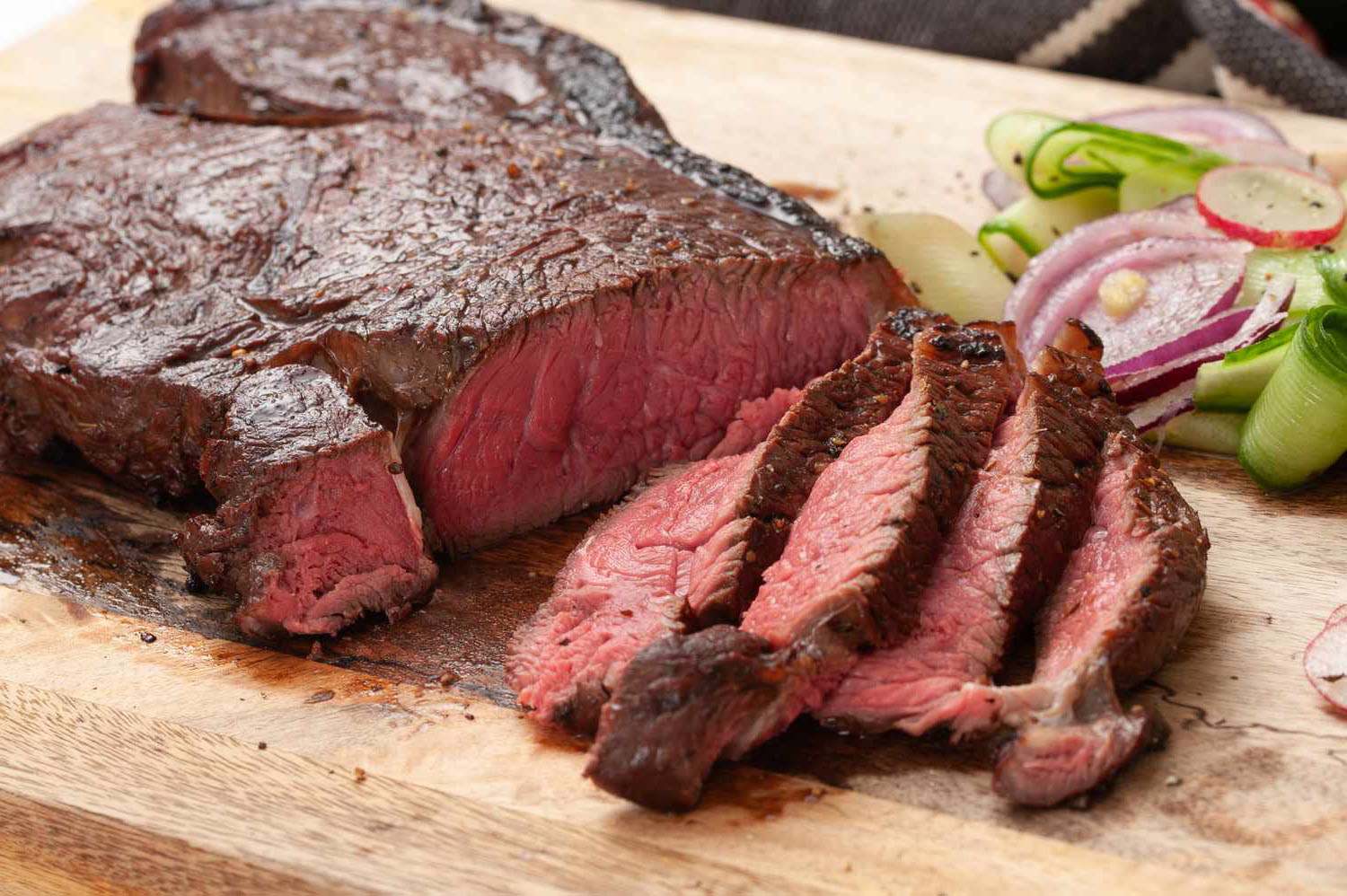Discovering the Delightful Delicacy of Banh Tet
Have you ever heard of Banh Tet? If not, you’re in for a treat! Banh Tet is a traditional Vietnamese dish that is not only delicious but also steeped in cultural significance. Let’s dive into the world of Banh Tet and uncover what makes it so special.
The Origins of Banh Tet
Banh Tet is a cylindrical glutinous rice cake that is typically enjoyed during the Vietnamese New Year, known as Tet. The dish has its roots in the agricultural traditions of Vietnam, where it was originally prepared as a way to use up leftover ingredients and celebrate the arrival of spring.
Ingredients and Preparation
The key ingredients in Banh Tet include glutinous rice, mung bean paste, pork belly, and banana leaves. The rice and mung bean paste are layered together, while the pork belly is often placed in the center. The entire mixture is then wrapped in banana leaves and boiled for several hours until it reaches a sticky, flavorful consistency.
One of the most fascinating aspects of Banh Tet is the intricate process of wrapping and cooking the dish. The banana leaves not only impart a unique aroma to the rice cake but also help to preserve it, allowing it to be enjoyed over several days.
Symbolism and Significance
Banh Tet holds a special place in Vietnamese culture, symbolizing the importance of family and the coming together of loved ones during the New Year. The dish is often prepared in large quantities, with families and communities gathering to make and share Banh Tet as part of the Tet festivities.
Furthermore, the cylindrical shape of Banh Tet is said to represent the Earth, while the use of sticky rice symbolizes the unity and cohesion of the family. In this way, Banh Tet is not just a culinary delight but also a powerful symbol of tradition and togetherness.
Variations and Regional Differences
While the basic ingredients of Banh Tet remain consistent, there are numerous regional variations that add unique twists to the dish. In some areas, for example, coconut milk may be used to flavor the rice, while in others, the filling may include different types of meat or even seafood.
Each region of Vietnam has its own take on Banh Tet, with subtle differences in flavor, texture, and presentation. This diversity only adds to the richness of the dish and reflects the vibrant culinary heritage of Vietnam.
Enjoying Banh Tet
So, how is Banh Tet best enjoyed? The answer is simple: with good company and a hearty appetite. Whether you’re celebrating Tet with family and friends or simply looking to explore the flavors of Vietnamese cuisine, Banh Tet is a must-try dish that promises to delight your taste buds and nourish your soul.
Whether you’re savoring the savory filling or reveling in the comforting texture of the sticky rice, Banh Tet offers a truly unforgettable culinary experience that is steeped in tradition and history.
In Conclusion
Banh Tet is more than just a rice cake; it’s a symbol of unity, tradition, and the enduring spirit of Vietnamese culture. Its rich flavors and cultural significance make it a beloved dish that continues to bring people together and celebrate the joys of the New Year.
So, the next time you have the opportunity to try Banh Tet, don’t hesitate to take a bite and savor the taste of tradition.
Was this page helpful?
Read Next: What Is Cocktail Syrup
